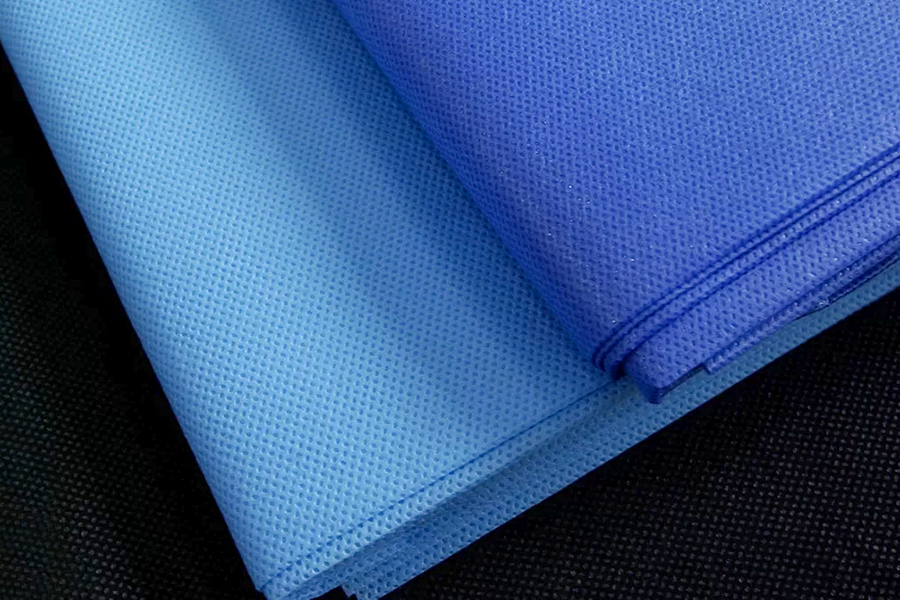Enhancing the absorbency of
embossed nonwoven fabric involves considering various factors, from material selection to manufacturing processes. Here are several strategies to improve the absorbency of embossed nonwoven fabric:
Material Selection:
Choose absorbent fibers: Select fibers with high absorbency, such as cotton or blends with synthetic materials designed for enhanced absorbent properties.
Fiber Structure:
Optimize fiber structure: Ensure that the fibers used in the nonwoven fabric have a structure that promotes absorbency. This may involve selecting fibers with a high surface area or incorporating specific fiber treatments.
Embossing Pattern:
Consider embossing patterns: Choose embossing patterns that enhance absorbency by creating channels or pockets that can efficiently capture and retain liquids. Patterns with raised elements or textures can also contribute to improved absorption.
Micro-Embossing:
Utilize micro-embossing: Micro-embossing involves creating very small patterns on the fabric's surface. This can increase the surface area and create microstructures that enhance absorbency without compromising the overall strength of the fabric.
Perforations:
Introduce perforations: Strategically placed perforations in the embossed patterns can improve the fabric's overall absorbency by allowing liquids to be quickly absorbed into the fabric.
Hydrophilic Treatments:
Apply hydrophilic treatments: Treat the nonwoven fabric with hydrophilic agents to make the fibers more water-attracting. This can enhance the fabric's ability to absorb and retain liquids.
Blend with Absorbent Materials:
Blend with absorbent materials: Create blends of nonwoven fabric with other absorbent materials, such as superabsorbent polymers or cellulose, to enhance overall absorbency.
Optimize Thickness:
Adjust fabric thickness: Controlling the thickness of the nonwoven fabric can impact absorbency. In some cases, increasing thickness can provide more space for liquid absorption.
Pore Size Distribution:
Optimize pore size distribution: Ensure that the nonwoven fabric has a well-defined and controlled pore size distribution. This can influence how liquids are absorbed and distributed within the fabric.
Pre-Wetting or Pre-Treatment:
Consider pre-wetting or pre-treatment: Some manufacturing processes involve pre-wetting or pre-treating the fabric to improve its initial absorbency. This can be particularly useful for applications where quick absorption is essential.
Quality of Raw Materials:
Use high-quality raw materials: Ensure that the raw materials used in the nonwoven fabric are of high quality. This includes selecting fibers with consistent absorbent properties and avoiding contaminants that may hinder absorbency.
Customization for Specific Applications:
Customize for intended applications: Tailor the nonwoven fabric to the specific requirements of the intended application. Different applications may have unique demands, and customization can ensure optimal performance.
Testing and Validation:
Conduct absorbency tests: Regularly perform absorbency tests on the manufactured nonwoven fabric to validate and optimize its performance. This may involve laboratory testing to assess factors such as absorption rate and liquid retention.
